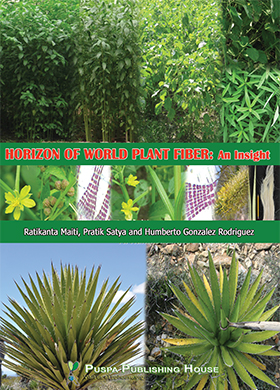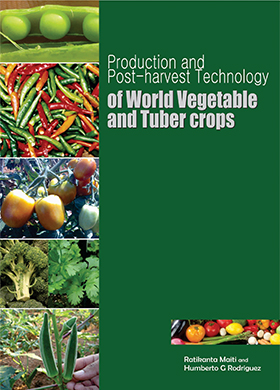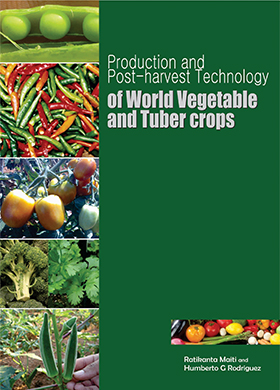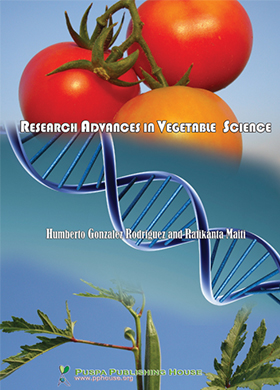Cite
Parganiha D, Patel S, Paikra CK, Sahu P. Effect of Processing Time on Recovery and Quality of Essential Oil from Patchouli (Pogostemon cablin Benth.) IJEP [Internet]. 28May.2018[cited 8Feb.2022];5(1):090-092. Available from: http://www.pphouse.org/ijep-article-details.php?art=156
People also read
Full Research
Effect of Growth Regulators and Micronutrients Spray on Chemical Parameters of Litchi (Litchi chinensis Sonn.) cv. Calcuttia
Vikramaditya Priyadarshi, Debashish Hota and Ajay Kumar KarnaBio regulator, boric acid, CPPU, GA3, litchi, ZnSO4
Published Online : 28 Aug 2018
Review Article
Coffee: The Backbone of Ethiopian Economy
Rajesh Chauhan, M. S. Hooda and Agena Anjulo TangaEthiopia, Coffee, Economy, Coffea arabica, production, export
Published Online : 28 Feb 2015
Full Research
Farmers’ Perceptions towards Marketing Problems and Challenges in Floriculture in Solan District of Himachal Pradesh, India
Manisha Kumari, Piyush Mehta and Krishan Kumar RainaFarmers’ perception, floriculture, marketing activities, marketing problems
Published Online : 28 Nov 2016
Full Research
Effect of Different Bag Opening Methods of Oyster Mushroom (Pleurotus ostreatus) on Growth Parameter, Yield and Benefit Cost Ratio
G. K. Upamanya, R. Brahma, R. Sarma, P. Sharma and K. DasBiological efficiency, oyster mushroom, pinhead
Published Online : 22 Nov 2021
Full Research
Feasibility and Economical Returns from Harar Cultivation
Samanpreet Singh, Kamal Sharma, Avinash Kumar Bhatia and Nancy ChaudharyAnalysis, cost, cultivation, farmers, Harar, production
Published Online : 28 May 2021
Full Research
Economic Analysis of Prices and Arrivals of Turmeric in Duggirala Market of Andhra Pradesh
G. Raghunadha Reddy, M. Chandrasekhar Reddy, K. S. Sneha, B. Meher Gita and D. RameshArrival, Duggirala, non-linear model, seasonal indices, turmeric
Published Online : 28 Feb 2021
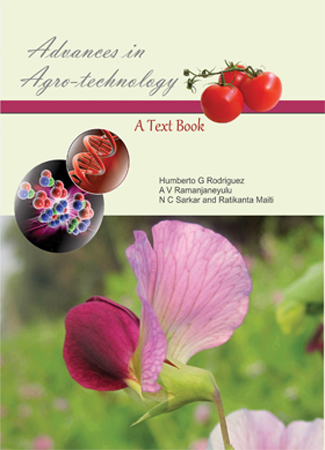
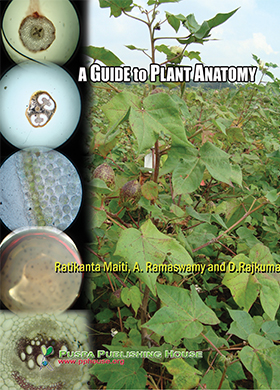
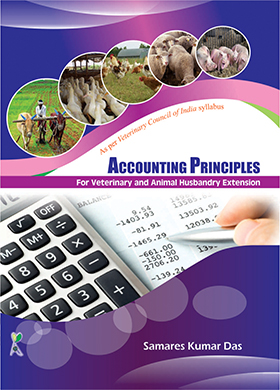
.jpg)
.jpg)


